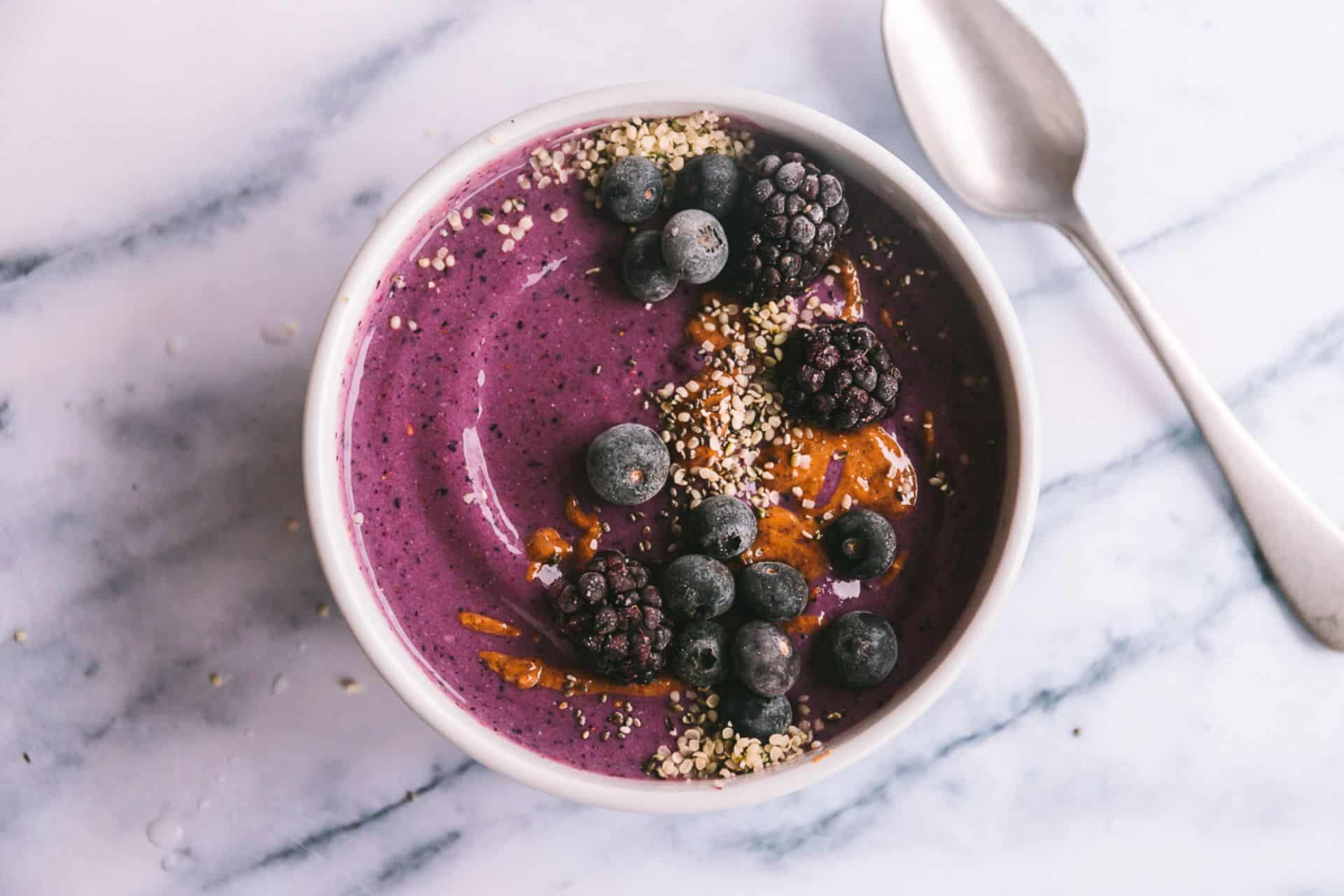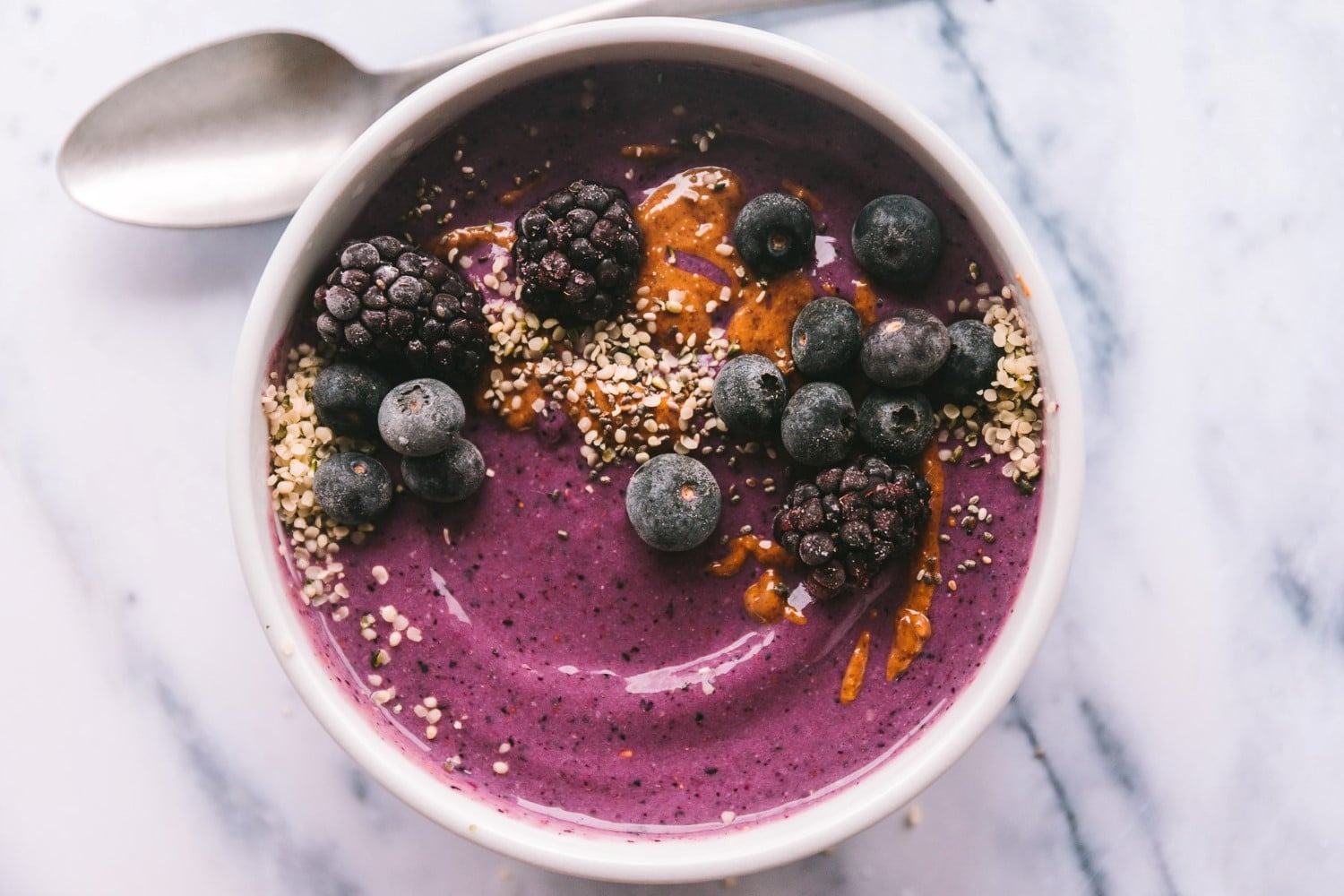Your morning brew, made by you, perfected by Breville.


Smoothies are an easy way to sneak in a few extra helpings of fruits and veggies. All you need is a blender, some ice and a few ingredients!
But how do you make a smoothie that’s nutritious and satisfying? We’ve got you covered. Check out our steps for building the perfect smoothie below.
Hungry for more? Explore our selection of blenders and enjoy the perfect smoothie at home!

You’ll start building your smoothie or smoothie bowl by choosing a base.
This is the liquid that will help bring all the ingredients together. A few options include milk (or a plant-based alternative), fruit juice, coconut water and water.
You could keep it simple and opt for just ice, but this may make the smoothie harder to sip until the ice melts.

Next, choose some of your favorite fruits.
Fruits are an excellent source of fiber, vitamins, minerals and micronutrients and studies show that diets high in fruits and vegetables can help reduce the risk of a variety of health conditions.
Bananas are a wildly popular option, and for good reason—they impart a delicate sweetness to the smoothie and provide that signature rich and creamy texture we know and love.
Some of our other favorite options for smoothies include strawberries, raspberries, blackberries, blueberries, mangoes and pineapples. You’ll want to avoid using thicker skinned fruits, like apples and pears as you’ll likely find chunks of peel left behind.
You can use fresh or frozen fruit, but note that if using fresh fruit, add in 1–2 cups of ice. This not only helps add to the volume of the smoothie, but will also keep ingredients cold.
One of the best things about smoothies and smoothie bowls is being able to sneak in extra helping of nutrient-packed veggies. This is especially great if you’ve got picky eaters at home or struggle to get in your recommended amounts of greens.
Some popular options include spinach, kale and avocado.
Spinach and kale are great sources of fiber and micronutrients and are both high in vitamin C and vitamin K, which are important to immune function and bone health, respectively.
If you opt for avocado, you’re still getting a healthy dose of fiber but with the added benefit of protein and healthy fats, which will help to keep you fuller for longer. Avocados also add a creaminess to your smoothie without any additional ingredients.
These next two steps are optional, but they’re recommended if you’re looking for ways to pack in more flavor or up the nutrition levels. Here are some boosters to add to your smoothie:
Nut or Seed Butters: Peanut butter, almond butter, cashew butter, sunflower seed butter—these are all delicious and wholesome additions to your smoothie or smoothie bowl.
They’ll each impart their own flavor and they’re jam-packed with protein and healthy fats, which will keep you feeling full and satiated long after the last sip.
Yogurt: Whether you’re a fan of plain ol’ Greek or enjoy the sweeter, more flavorful varieties, yogurt is an excellent and wholesome addition to any smoothie or smoothie bowl.
Yogurt is high in calcium, protein and healthy fats, and many varieties offer gut-healthy probiotics. If you’re concerned about sugar intake, opt for plain Greek or full-fat yogurt. Some brands are high in added sugar, particularly those labeled as low fat. Fruit imparts a natural sweetness to the smoothie, and you may find that by adding flavored yogurt, your smoothie is a little too sweet.
Amount: ¼–½ cup
Pro Tip: If you’re concerned about sugar intake, opt for plain Greek or full-fat yogurt. Some brands are high in added sugar, particularly those labeled as low fat. Fruit imparts a natural sweetness to the smoothie, and you may find that by adding flavored yogurt, your smoothie is a little too sweet.
Again, this step is optional and will depend a lot on the type of fruits, liquid and extras (i.e. yogurt) you choose.
However, if you’re looking to add a touch of sweetness to your smoothie or smoothie bowl, opt for natural sweeteners like dates, honey, maple syrup or agave. These contain nutrients like fiber, good bacteria, potassium and other vitamins and minerals that make them a better-for-you option.
Pro Tip: Be sure to taste your smoothie before adding a sweetener. Ingredients like coconut milk and bananas contain natural sugars that will add a healthy dose of sweetness to your smoothie or smoothie bowl.

If you’re making a smoothie bowl, finish it off with some of your favorite toppings!
Things like shredded coconut, slivered almonds, granola, hemp hearts and chia seeds are all great options and can provide additional good-for-you nutrients.
Beet, Strawberry, Cranberry Smoothie
Cranberry Orange Smoothie Bowl
Like many kitchen appliances, the kind of blender you need will depend mostly on your needs—how many people you’re making smoothies for, how much you’re making at once, etc.
However, most blenders come with a “smoothie” setting that’s designed to crush, pulse and mix all in one go. So, while there might be a bit of learning curve at first to know how long to blend your ingredients or what order to build your smoothie, most standard blenders should suit your needs just fine.
Hungry for more? Explore our selection of blenders and enjoy the perfect smoothie at home!
Join The Conversation